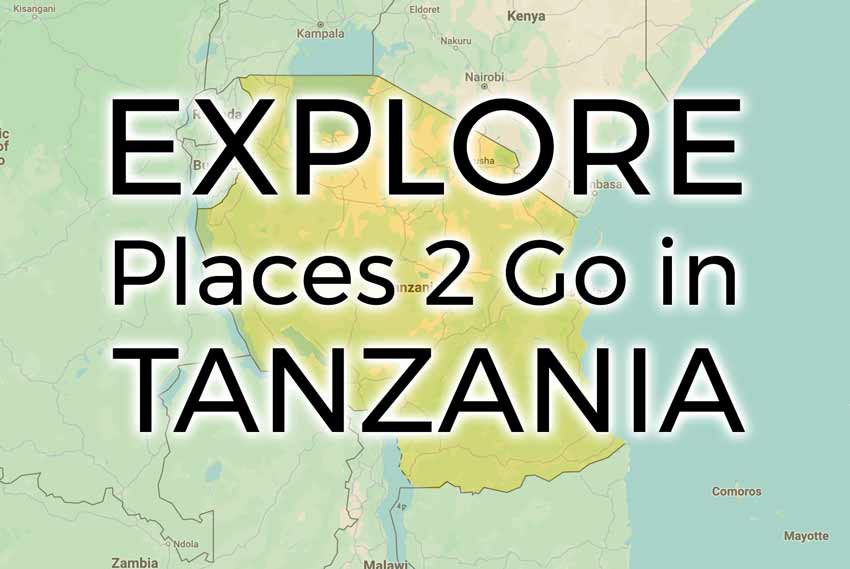Gombe National Park
Description: The smallest of Tanzania’s national parks, Gombe is a narrow strip of chimpanzee habitat on the shore of Lake Tanganyika. Its chimpanzees – habituated to human visitors – were made famous by the pioneering work of Jane Goodall’s studies. The matriarch, Fifi, the last surviving member of the original community, only three years old when Goodall first set foot in Gombe, is still regularly seen by visitors. Tracking the chimps is a fascinating experience.
It’s likely that you will observe them grooming each other in small groups, squabbling noisily, or bounding from tree to tree swinging on vines. Watching a mother chimp with her offspring is truly remarkable. Difficult to reach and relatively expensive, Gombe has few visitors each year.
Location: Just north of Kigoma, on the shore of Lake Tanganyika. Usually requires flight with Precision Air from Dar es Salaam (daily) or a shared charter flight from Arusha that flies on Tuesdays and Fridays only. A train (takes 2-3 days) from Dar might be possible.
Things 2 Do: Chimpanzee tracking, hiking, swimming/snorkeling, night walks
Time: Set aside at least 4 days (1 to get there, 1 to return and at least 2 nights actually in the park).
Animals: Chimpanzees, baboons, red-tailed and red colobus monkeys, more than 200 bird species.
Accommodations
$
TANAPA bandas
$$$
Kigoma Hilltop
“Excellent staff. Casey was extremely responsive in planning the trip. I had certain things I did and didn’t want to do, he tailored our experience accordingly (and with keeping our budget in mind). The trip was perfectly proportioned, mostly because of him. Our guide on the ground, Wilfred, spent 12 days with us. We couldn’t have asked for someone better. We became comfortable companions, easily sitting together in silence over long drives or telling stories during dinner. He didn’t wait for us to ask something, he anticipated our needs. When he saw we didn’t finish our lunch boxes, he asked us what we liked and didn’t like. He made sure to relay the information to the hotels and we finished out lunches going forward. He saw I had an itch to get into the Wildebeest migration. Even though it was far away and our chances of finding it could be small, he made sure it happened. The staff set everything apart, especially when we compared it to our tour companies we saw in the area.”


